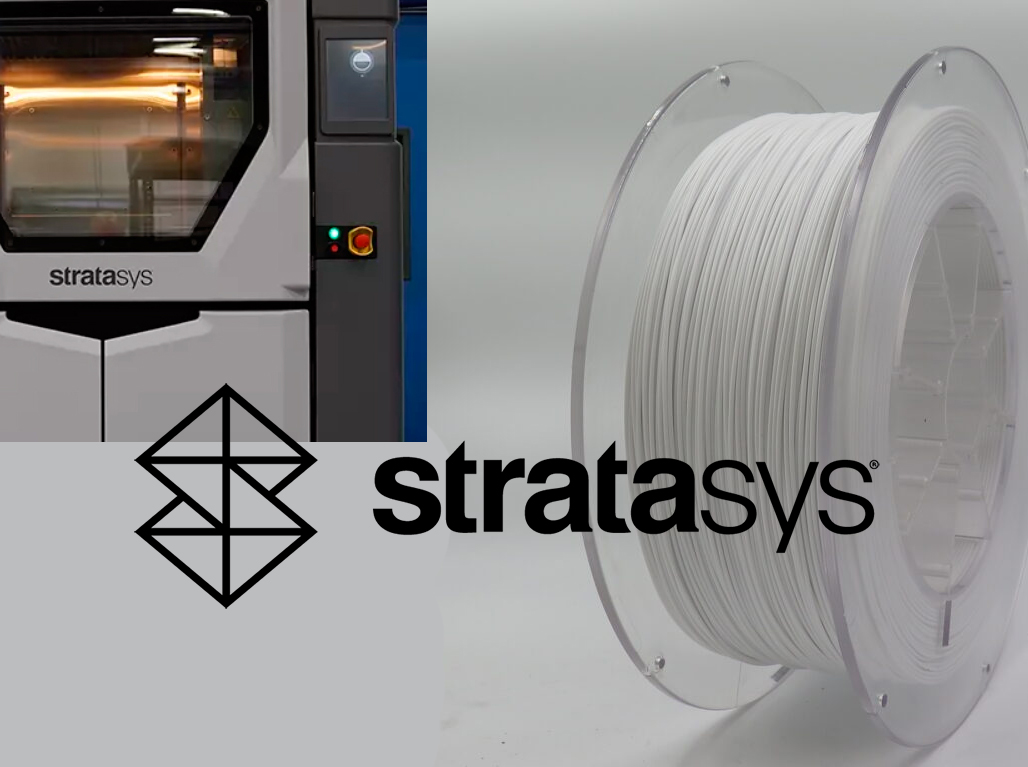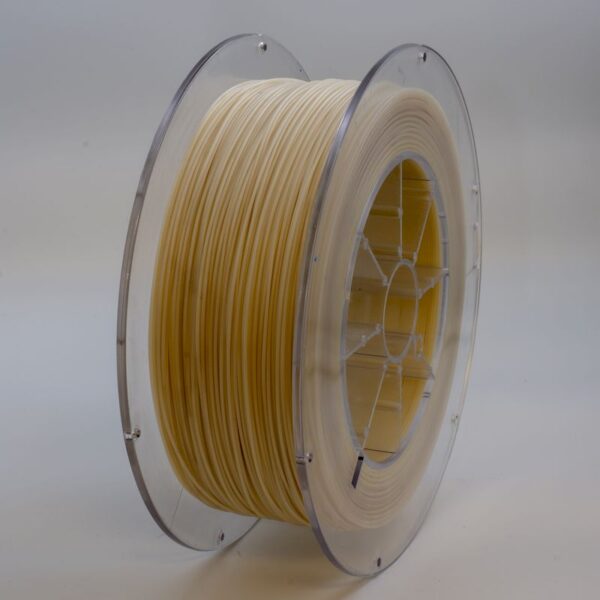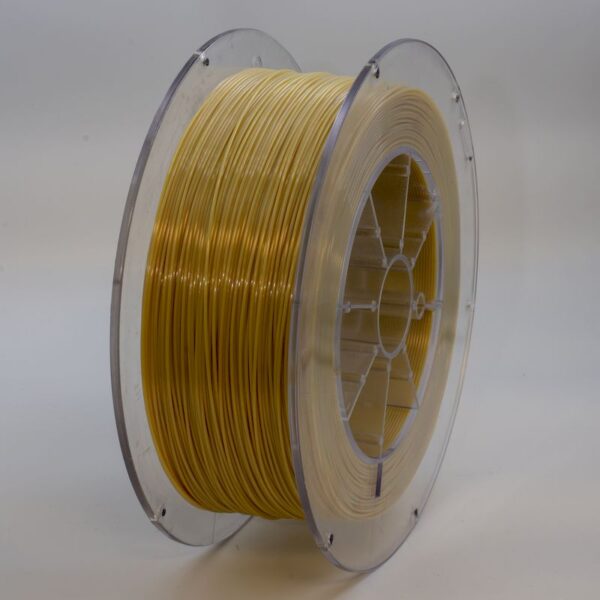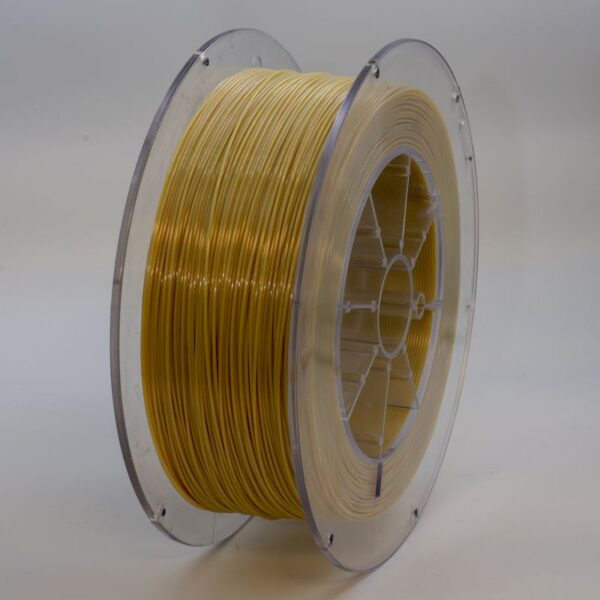FDM Materials Stratasys Guide – Tips for 3D Printing with Stratasys Polycarbonate PC

Looking for a filament that offers durability, heat resistance, and even a touch of optical clarity? Polycarbonate PC might just be your best-kept secret in the world of FDM materials. While it may not have the same brand recognition as Ultem™ 9085 or Nylon 12 CF, Polycarbonate strikes an impressive balance of mechanical and aesthetic performance.
In this guide, we’ll break down how to get the most out of Polycarbonate PC—from hardware requirements and print settings to fine-tuned tips and material comparisons. Whether you’re producing strong industrial parts or translucent visual prototypes, understanding this material can elevate your 3D printing game.
Hardware Requirements
Polycarbonate PC demands a serious printer setup. Here’s what you’ll need to get reliable, high-quality results:
- Enclosed Build Chamber: Essential for temperature control and to reduce warping. Open-frame printers won’t cut it here.
- High-Temp Hotend: Target 280–310°C. Fortus 450mc and 900mc systems are ideal for handling this material.
- Heated Bed: A bed temperature of at least 110°C ensures strong adhesion and prevents curling.
- Print Surface: Use PEI or Garolite. These surfaces provide the grip needed for Polycarbonate without the mess of adhesives.
Best Practices
Polycarbonate can produce exceptional parts—if handled with care. Stick to these practices for optimal outcomes:
- Dry the filament: Polycarbonate is highly hygroscopic. Dry at 80°C for 4–6 hours before use.
- Slow printing speed: Aim for 30–50 mm/s. This improves layer bonding and overall strength.
- Minimize cooling: Use little to no part cooling. Sudden cooling causes cracking between layers.
- Avoid tall, thin prints: Warping is more likely with tall parts. Design compact geometries when possible.
Tips
Want to push your results from good to great? Try these techniques:
- Use a brim or raft: Helps combat edge warping and improves first-layer adhesion.
- Post-process with ease: Polycarbonate can be sanded and polished to achieve a smooth or even glossy finish.
- Try PC Support: For complex prints, pairing with a compatible soluble support material saves hours in post-processing.
- Use fine layers: A layer height of 0.2 mm or less maximizes strength and improves surface detail.
Related Materials
If Polycarbonate isn’t quite the right fit, here are some alternatives:
- PC-ABS: Easier to print than pure PC, while offering improved impact resistance.
- ABS / ABS-ESD: Great for functional parts with basic mechanical needs and easy post-processing.
- ASA: Perfect for outdoor applications due to excellent UV resistance.
- TPU 95A: A flexible alternative for vibration-dampening and wearable parts.
- Ultem™ 1010 / Ultem™ 9085: Top-tier heat and chemical resistance for regulated industries.
- PEKK: Aerospace-ready, high-strength material that requires advanced hardware and print knowledge.
Conclusion
Polycarbonate PC is a standout in the 3D printing material lineup, offering an unmatched mix of strength, heat resistance, and aesthetic appeal. Though demanding in terms of equipment and handling, the results are well worth the effort. From structural components to transparent enclosures, Polycarbonate performs reliably where many other filaments fall short.
Its compatibility with Stratasys Fortus printers and PC Support materials makes it a strong choice for advanced manufacturing applications. Whether you’re building load-bearing brackets or producing end-use parts, Polycarbonate PC fits right into demanding industrial workflows.
Mastering Polycarbonate takes precision, patience, and the right setup—but it’s one of the best long-term investments you can make in material versatility. For professionals seeking strength and clarity in the same print, this filament offers serious value.
Ready to print with Polycarbonate PC? At Additive 3D Link, we offer premium Stratasys-compatible FDM materials, including Polycarbonate PC, PC-ABS, and Ultem™ 9085. With fast delivery across Europe and technical support from industry experts, we’re here to help you succeed.




